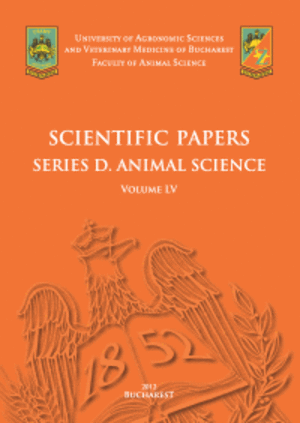Published in Scientific Papers. Series A. Agronomy, Vol. LVIII
Written by Nina BĂRĂSCU, Maria IANOŞI, Marcel M. DUDA, Victor DONESCU
The aim of this study was to highlight yield quantitative and qualitative changes of two mid-early potato varietiesChristian and Roclas, as a result of base fertilization with different doses and NPK (nitrogen, phosphorus, potasium)reports. The experiment was done between 2013-2014, on a cernoziomoid soil, non-irrigated crop. Nitrogenfertilization levels applied, 100 and 200 kg N/ha, lies on the lower and upper boundary OSPA Braşov recommendationsfor autumn potato crops. The variants were realized with two complex fertilizers administered before planting: C15-15-15, for NPK report 1:1:1 and C5:10:22 supplemented with ammonium nitrate through which was achieved the NPKreport of 1:0.9: 2.On average, in those two years, NPK report, with higher potassium level did not influenced significantly the total yieldof Christian and Roclas varieties. Were found weak growths of tubers yield with diameters bigger than 60 mm on behalfof productions of tuber fraction 35-60 mm. On both varieties fertilization with NPK report 1:0.9:2 resulted insignificant declines of tubers starch content compared with NPK report 1:1:1. Increasing nitrogen levels from 100 to200 kg N/ha had similar effects on yield and starch content of the tubers.For the studied period, correlation of total yield, commercial yield, yield from fraction bigger than 60 mm and fractionsmaller than 35 mm with tubers starch content, was significant on Christian variety (r = -0.638***, -0.630***,-0.722***, -0,559***). On Roclas variety, only correlation between large tuber yield and starch concentration wassignificant (r = -0,433*).
[Read full article] [Citation]

 fertilization
fertilization


